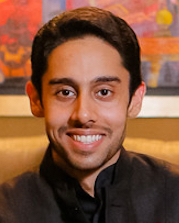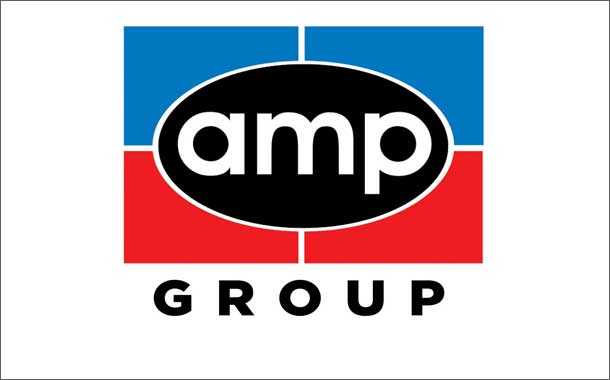The AMP Group of India is relatively new to the auto dealership business, but that hasn’t quelled the Group’s growth ambitions. It looks to grow in both India and Southern California.
“We don’t want to have all our eggs in one basket,” Raunaq Singh Anand, director of business development for AMP, tells Automotive Buy Sell Report.

Raunaq Singh Anand
The family-owned Group wants to do more than just add dealerships, however. The conglomerate also seeks an equity partner to help AMP grow more effectively and efficiently in India.
“We are looking for a large international group to partner with us in India to bring their experience,” says Anand.
There should be ample acquisition opportunities there, as the market is ripe for consolidation, he says.
“Having a single store is just not competitive enough to compete with a dealer group which has ten stores,” says Anand. “Already, people who have single dealerships are starting to feel this pressure.”
AMP Group, based near New Delhi in Northern India, was founded in 1949 as an auto parts trading group. In 1978 it began manufacturing anti-vibration auto components, and in 2009 it entered the vehicle retail business, becoming the exclusive distributor in the New Delhi area for Jaguar Land Rover. Jaguar Land Rover is owned by India’s Tata Motors.
The Group now has four Jaguar Land Rover stores in the region which account for 35 percent of the national sales volume for the brands, says Anand. Last year, it also opened a Maserati dealership and a Ducati dealership. Its dealerships generate around $90 million in annual revenue, says Anand.
AMP Group is family-owned; Anand, 25, started the first Jaguar Land Rover store with his father and currently manages the Ducati dealership, albeit from a distance. He is also getting his MBA at Duke University’s Fuqua School of Business.
The Group’s growth strategy for its dealership business is two-fold, says Anand. It wants to form an equity partnership with a large international dealership group that can bring both capital and a history of successfully operating dealerships. AMP wants that partner to share its dealership operational knowledge to “add value in India,” he says.
As for the U.S. market, AMP is eyeing Southern California for potential acquisitions. The U.S. market as a whole is “a pretty stable place to be in the dealership business,” says Anand. Southern California in particular has a very vibrant economy and thriving luxury car market, he says.
AMP is looking for a single-point dealership, preferably Jaguar Land Rover, Maserati or Ducati, though it is open to other brands. If it sticks to the brands it already owns, “the learning is reduced to the dealership business in SoCal not the learning of a new brand.”
Learning is the key word there. Just as it wants an equity partner in India that brings dealership operational knowledge to the table, AMP wants to gain dealership operational knowledge by owning a store in SoCal, one of the most developed luxury markets in the world.
“We would bring that [knowledge] into India, says Anand.
“A luxury group similar to those in the U.S.”
India’s light vehicle market is small but fast-growing. According to LMC Automotive, in 2015 sales rose by more than nine percent to more than 3.12 million units. Passenger vehicles accounted for 84 percent of the market. In 2016, the light vehicle market is forecast to grow by nine percent.
Luxury car sales are only “a drop in the ocean” of India’s total sales, admits Anand. But they are forecast to grow substantially.
According to IHS Automotive, luxury vehicles accounted for only 1.1 percent of retail sales, or 35,300 units, in 2015. But the consultancy forecasts annual luxury sales will rise to 87,300 units by 2020.
Many of the luxury brand dealerships in India are still single-point stores, says Anand.
“There is an opportunity now to consolidate and build a large luxury group similar to those in the U.S.”
As for how large it would like to grow in India, AMP doesn’t have a fixed number of rooftops in mind. It will evaluate each opportunity to see if it makes business sense, says Anand.
The Group has several opportunities to grow in India right now, but prefers to wait.
“We are not taking any aggressive steps right now,” he says. “First we will look for a partner … and then explore opportunities in India.”











